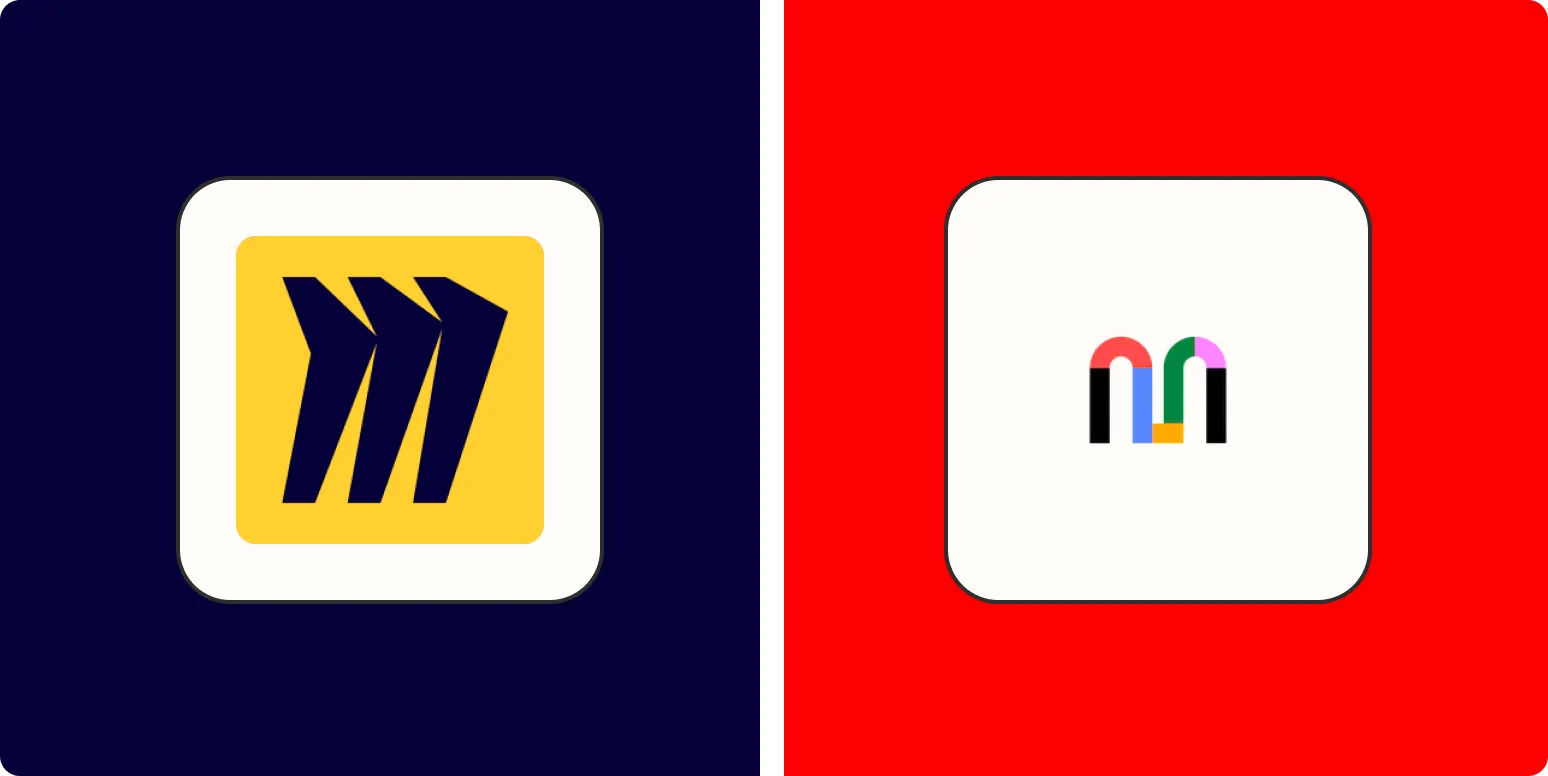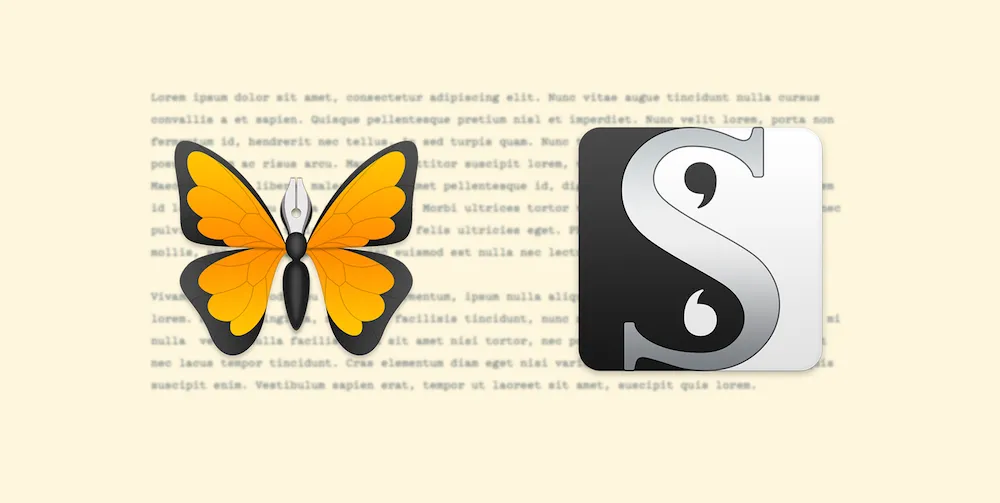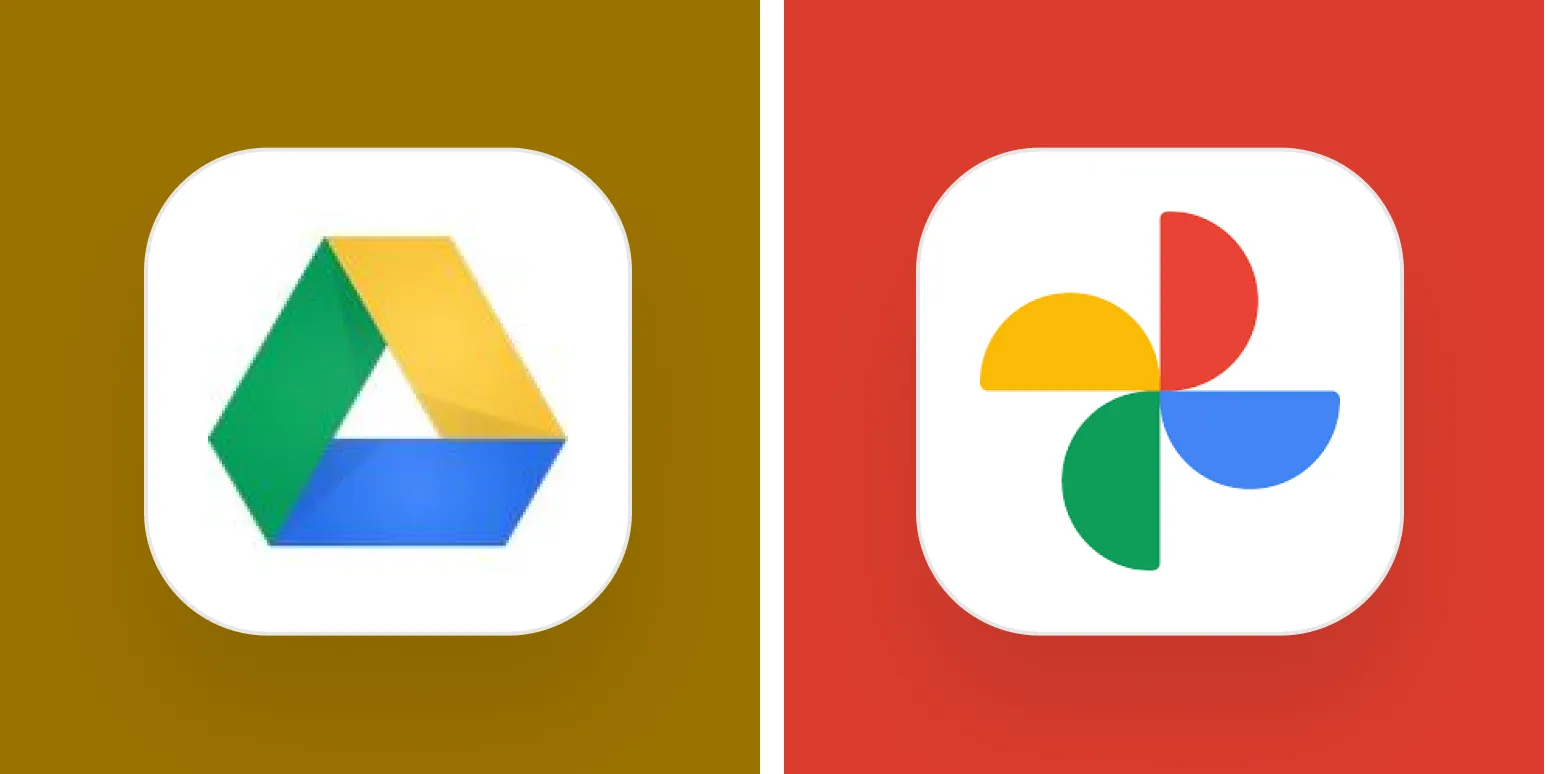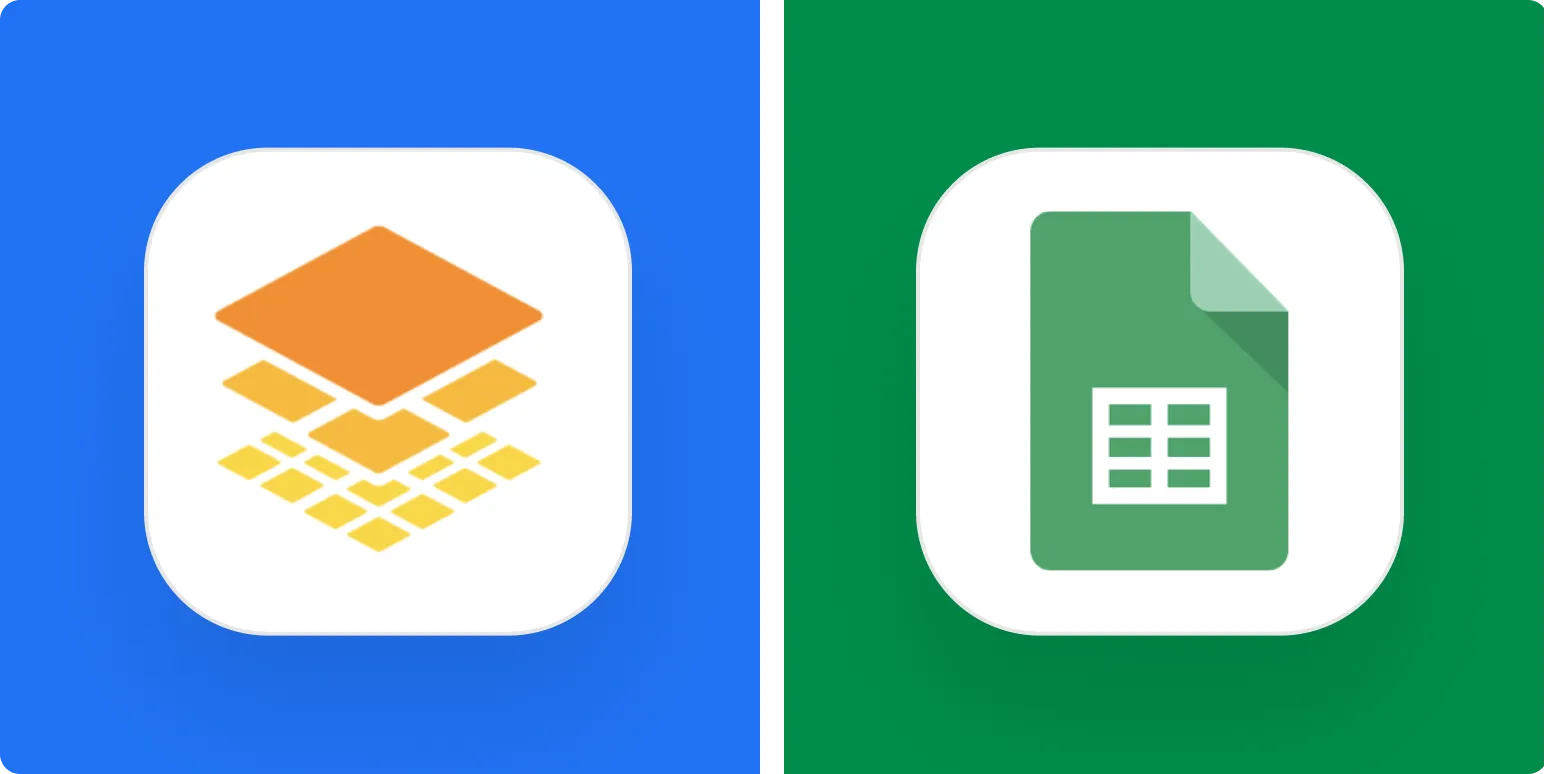Miro and Mural are two of the most popular online collaboration tools available today, each offering unique features and benefits tailored for different user needs. In this article, we will compare Miro and Mural, helping you decide which platform is best suited for your collaboration and brainstorming sessions.
Overview of Miro and Mural
Miro is a versatile online whiteboard platform that allows teams to collaborate in real-time. It’s designed for brainstorming, planning, and visual collaboration with a broad array of pre-built templates and integrations with other applications. On the other hand, Mural specializes in visual collaboration and design thinking, focusing on facilitating workshops and creative sessions. Both platforms provide users with the tools necessary to enhance productivity and foster creativity.
Key Features Comparison
| Feature | Miro | Mural |
|---|---|---|
| Templates | Over 250 pre-built templates for various use cases | Offers a variety of templates specifically for design thinking and workshops |
| Integrations | Integrates with tools like Slack, Asana, and Google Drive | Supports integrations with tools like Microsoft Teams, Trello, and Google Workspace |
| Real-time Collaboration | Yes, with a focus on team collaboration | Yes, with features that enhance brainstorming sessions |
| User Interface | Intuitive and user-friendly, easy to navigate | Sleek and visually appealing, designed for creativity |
| Pricing | Free tier available, with paid plans starting at $8/user/month | Free tier available, with paid plans starting at $12/user/month |
Usability and User Experience
User experience is crucial when selecting a collaboration tool. ''Miro'' is often praised for its ''intuitive interface'', making it easy for new users to get started. The learning curve is minimal, and the diverse range of ''features'' allows teams to tailor their workspace according to their specific needs. Users can easily drag and drop elements, create flowcharts, and visualize ideas seamlessly.
In contrast, ''Mural'' focuses heavily on enhancing creativity and brainstorming. Its ''user interface'' is designed to encourage visual thinking, making it an excellent choice for design teams and facilitators. The platform includes features that support ''brainstorming sessions'', such as sticky notes and voting mechanisms, which can help teams prioritize ideas effectively.
Collaboration Features
Collaboration is at the heart of both Miro and Mural. Both platforms offer real-time collaboration, allowing team members to work together, regardless of location. This feature is essential for remote teams and contributes significantly to maintaining productivity. Miro emphasizes a more generalized approach to collaboration, while Mural excels in structured collaboration aimed at workshops and ideation sessions.
Integrations and Compatibility
When considering which tool to use, it’s important to look at how well it integrates with your existing workflows. ''Miro'' integrates seamlessly with a wide variety of tools, such as ''Slack'', ''Asana'', and ''Google Drive'', making it easy to incorporate into your current processes. This flexibility makes it a strong candidate for teams that rely on various software to get their work done.
''Mural'', on the other hand, also offers robust integrations, particularly with tools that are popular in creative and project management spaces, including ''Microsoft Teams'' and ''Trello''. If your team is already using these tools, Mural may provide a more cohesive experience.
Pricing Structure
Pricing can often be a deciding factor when choosing between Miro and Mural. Both platforms offer free tiers, which can be beneficial for small teams or those looking to explore the software before committing. Miro starts at ''$8/user/month'' for its paid plans, while Mural’s pricing begins at ''$12/user/month''. Depending on your budget and the features you require, both options provide reasonably priced solutions for teams of all sizes.
Conclusion: Which Should You Use?
Ultimately, the choice between Miro and Mural depends on your team’s specific needs and workflow. If you’re looking for a versatile tool that supports a broad range of collaboration styles and integrates easily with various applications, ''Miro'' may be the better option. However, if your focus is on structured creative sessions and you value features tailored for design thinking and workshops, ''Mural'' could be the ideal choice.
By analyzing the features, usability, collaboration capabilities, integrations, and pricing, you can make an informed decision that aligns with your team’s objectives. Both Miro and Mural offer valuable tools to enhance productivity and creativity, so consider trying them out to see which one resonates best with your team dynamics.





